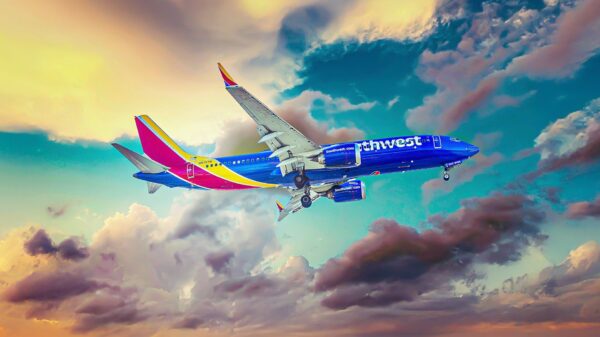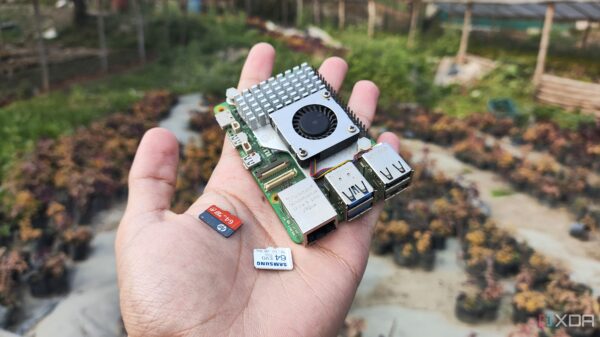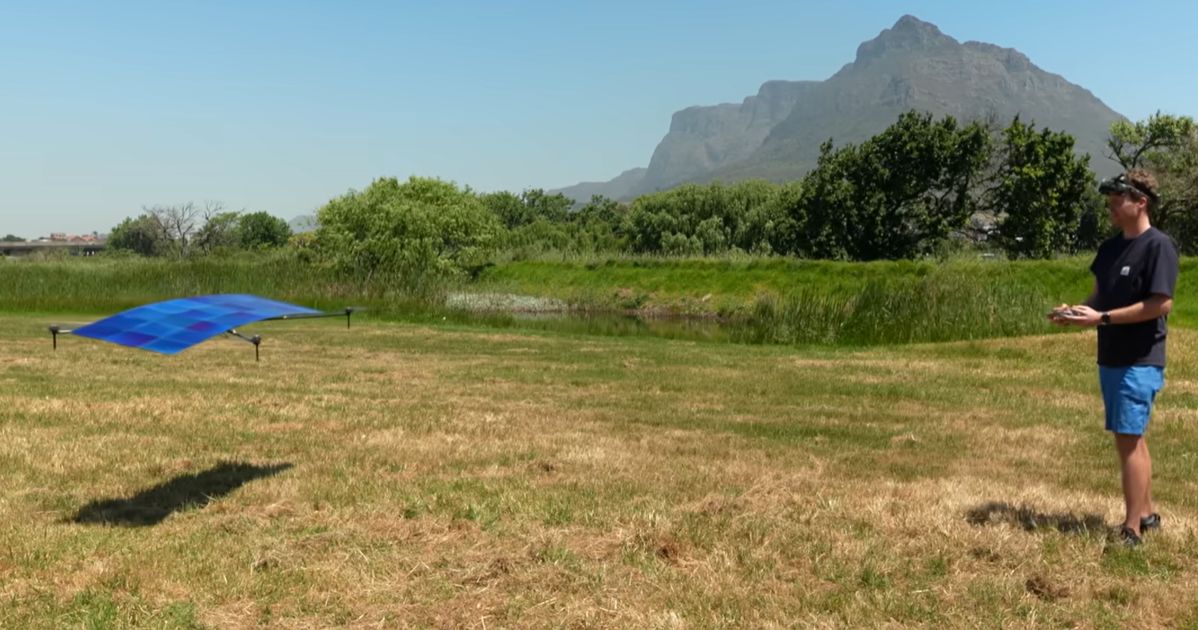A recent project has successfully demonstrated the feasibility of a solar-powered quadcopter, created by inventor Luke Maximo Bell. This innovative approach addresses one of the significant limitations of traditional quadcopters: the need for frequent battery changes. By harnessing solar energy, the quadcopter aims to enhance flight duration and operational flexibility.
The design features a large, lightweight carbon fiber frame equipped with 18-inch propellers. This configuration provides the necessary space and lift for an array of solar panels, consisting of 27 razor-thin panels arranged in a 9×3 grid. The lightweight materials used in the construction were critical, enabling the quadcopter to fly using only the power generated by the solar panels.
Despite its promising performance, the current design has shown itself to be fragile. An incident occurred when Bell’s cat inadvertently damaged one of the solar panels while the quadcopter was resting upside down on a table. This fragility highlights a need for further development to enhance durability without compromising the overall weight.
Bell plans to refine his prototype by adding more solar panels and integrating a battery to provide energy storage. This addition would allow for extended flight times and enable autonomous flying capabilities. His ultimate goal is to challenge existing records for the longest flight duration of a drone, a feat that could pave the way for new applications of solar technology in aerial vehicles.
The implications of this technology extend beyond record-setting flights. The quadcopter could potentially serve as a low-power communication node, particularly in remote areas. Its altitude and endurance capabilities could make it a valuable asset for applications such as a LoRaWAN mesh node, which relies on long-range, low-power communication.
As the project progresses, Bell’s work could inspire further innovations in renewable energy applications within the drone industry. The integration of solar power into quadcopters presents an exciting opportunity for sustainable technology in aviation, enhancing both efficiency and environmental impact.








































































